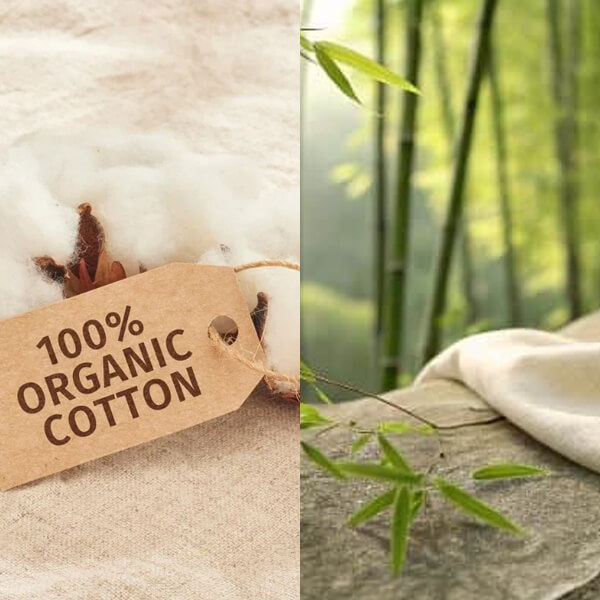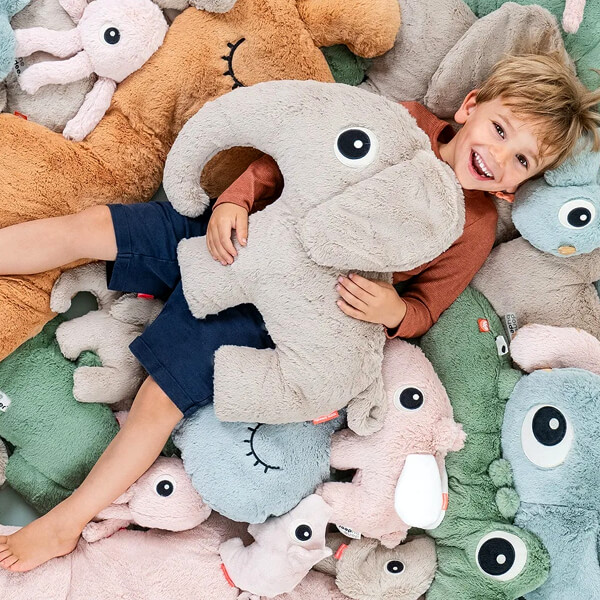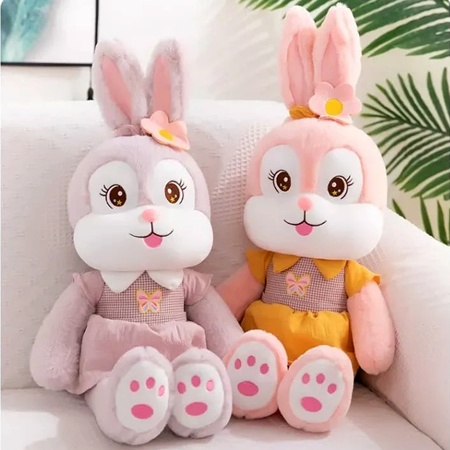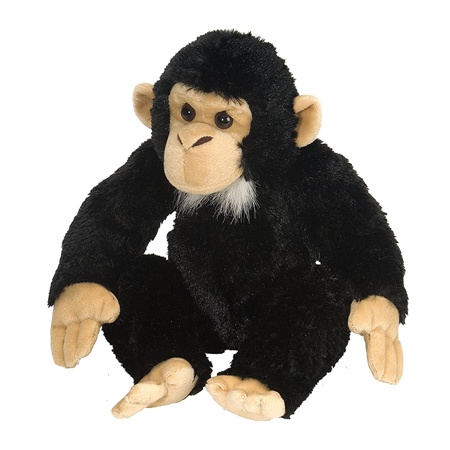

































Yes, it's quite straightforward. If you enjoy making things by hand, you'll find it rewarding. Start small and build your skills gradually.
You need fabric, thread, a needle, stuffing, scissors and optionally some buttons or safety eyes. That covers the basics.
Yes, Hand stitching works just fine, especially for beginners. It might take a bit longer, but it's fun and relaxing.
A small toy can take an hour or two. Bigger ones take more time. But there's no rush - enjoy the process.
Yes, children can learn soft toy making with adult supervision. Choose projects with simple stitching and avoid small parts for young children. Make sure they use child-safe needles and tools.
Yes, handmade soft toys sell well online and at craft markets. Research pricing and safety regulations before starting.
Felt is a great choice. It's easy to cut and sew. Fleece is also soft and nice to work with.
Keep your stitches consistent, stuff evenly and follow your pattern carefully. Simple designs produce neater results for beginners.
Probably too much or uneven stuffing. Try using small bits and fill it gently.
Pinterest and YouTube offer many free patterns. Search for beginner soft toy pattern to find suitable projects.
For a small toy like a teddy bear (around 20-25 cm), you'll need approximately 100-150 grams of polyester fibrefill. Larger toys require more. Start with a 500-gram bag if you're making multiple toys - it's more economical and you'll have plenty for practice pieces.
Pre-washing isn't essential for most soft toys, but it's wise if the toy will be used frequently or by young children who might get it dirty. Pre-washing removes chemicals and prevents shrinkage later. If you skip it, the toy can still be spot-cleaned when needed.
Most handmade soft toys with polyester stuffing can be machine-washed on a gentle cycle at 30C. Place the toy in a pillowcase or mesh laundry bag first. Remove any batteries, electronics or delicate embellishments before washing. Air dry completely - avoid tumble dryers as heat can damage the shape.
Use safety eyes with plastic backs that lock securely from inside the toy before stuffing. They're much safer than buttons or sewn-on beads. For babies under three, embroider the eyes with thread instead - no loose parts mean no choking hazards.
Use small amounts of stuffing at a time and push it into corners with a chopstick or stuffing tool. If your toy already looks lumpy, you can carefully open a seam, redistribute the filling evenly, then sew it back up using ladder stitch. Work from the extremities towards the centre for best results.
No, interfacing isn't necessary for most soft toys, especially if you're using fleece or felt. These fabrics are thick enough on their own. Only use interfacing if you're working with very thin cotton or want extra structure in specific areas like ears or wings.
Use ladder stitch (also called invisible stitch or slip stitch). It creates an almost invisible seam that blends with the surrounding fabric. Take small, even stitches and pull the thread taut every few stitches. This technique takes practice but gives professional-looking results.
Yes, old t-shirts, jumpers and fabric scraps work brilliantly for soft toys. Choose materials without holes or heavy wear. Cotton t-shirts are soft and easy to work with. Fleece jumpers make cuddly toys. Just ensure the fabric is clean and colours won't bleed. This makes toy-making budget-friendly and sustainable.
Store soft toys in a dry, well-ventilated space away from direct sunlight, which can fade colours. Avoid plastic bags for long-term storage as they trap moisture and encourage mould. Use cardboard boxes with acid-free tissue paper or breathable cotton bags. Dust displayed toys regularly with a soft brush.
Polyester fibrefill is lightweight, washable, holds its shape well and is affordable. It's the most popular choice for soft toys. Cotton stuffing is heavier, firmer and natural, but can clump when washed. Polyester works best for toys that need frequent washing, whilst cotton suits decorative pieces.
You can make your first simple soft toy in an afternoon once you understand the basics. Most beginners complete a basic teddy or heart-shaped plush in 2-3 hours. With regular practice, you'll improve your stitching speed and finish quality within a few weeks. Complex designs take longer but become manageable as your skills develop.
Yes, you can add a light scent by placing a few drops of essential oil on a small piece of fabric or felt and tucking it inside during stuffing. Lavender is popular for calming bedtime toys. However, avoid this for toys intended for babies or children with sensitivities, as some oils can cause reactions.
| ABOUT THIS ARTICLE | |
|---|---|
| Published On | 05 Apr 2025 |
| Updated On | 14 Nov 2025 |
| Author | Author - Fashion Articles by Waves Institute |
| Publisher | Waves Institute of Fashion Designing |
| URL | https://articles.wifd.in/soft-toy-making-beginners-guide |
 CONTACT USWaves Institute of Fashion Designing,
CONTACT USWaves Institute of Fashion Designing,